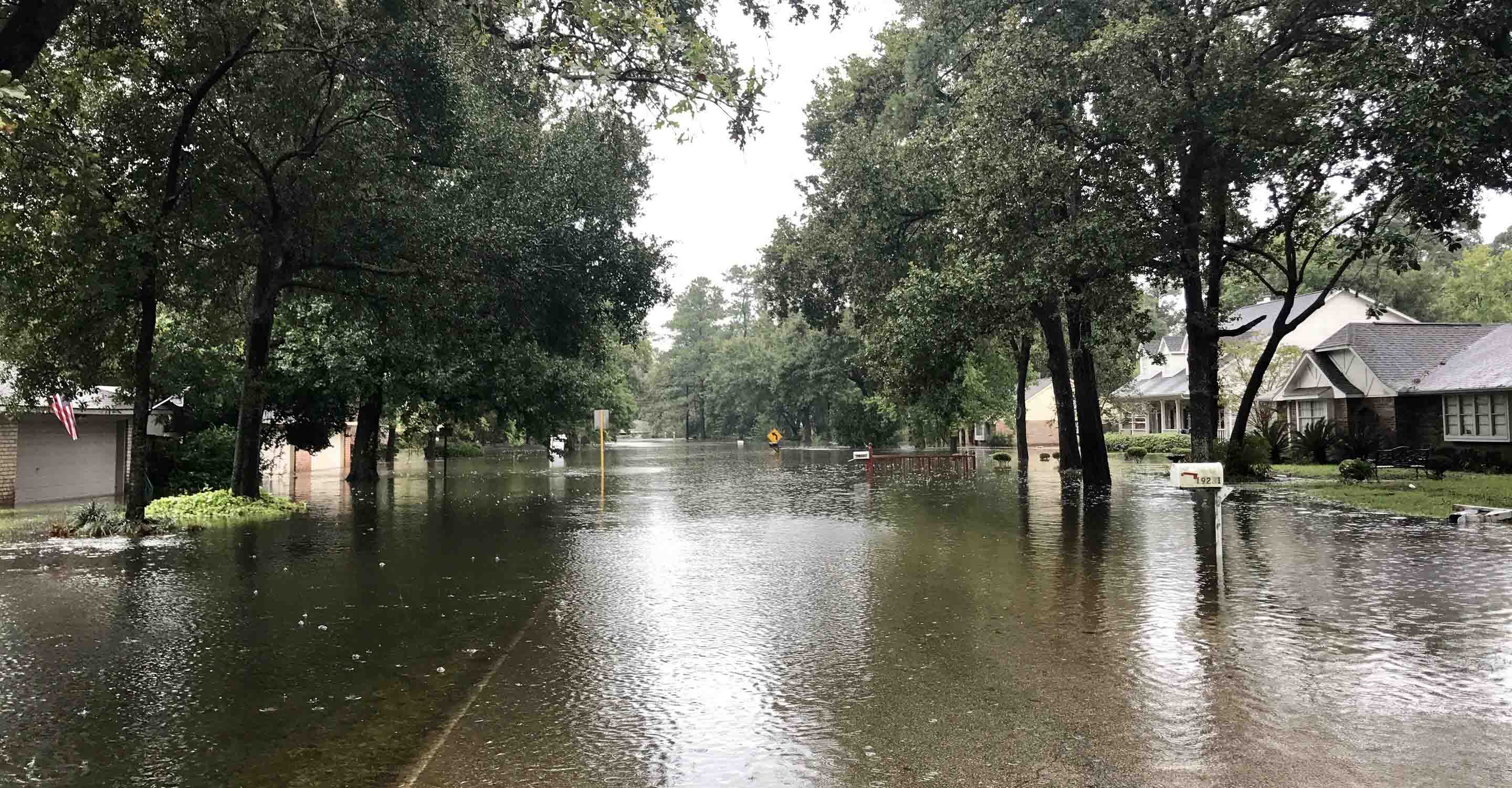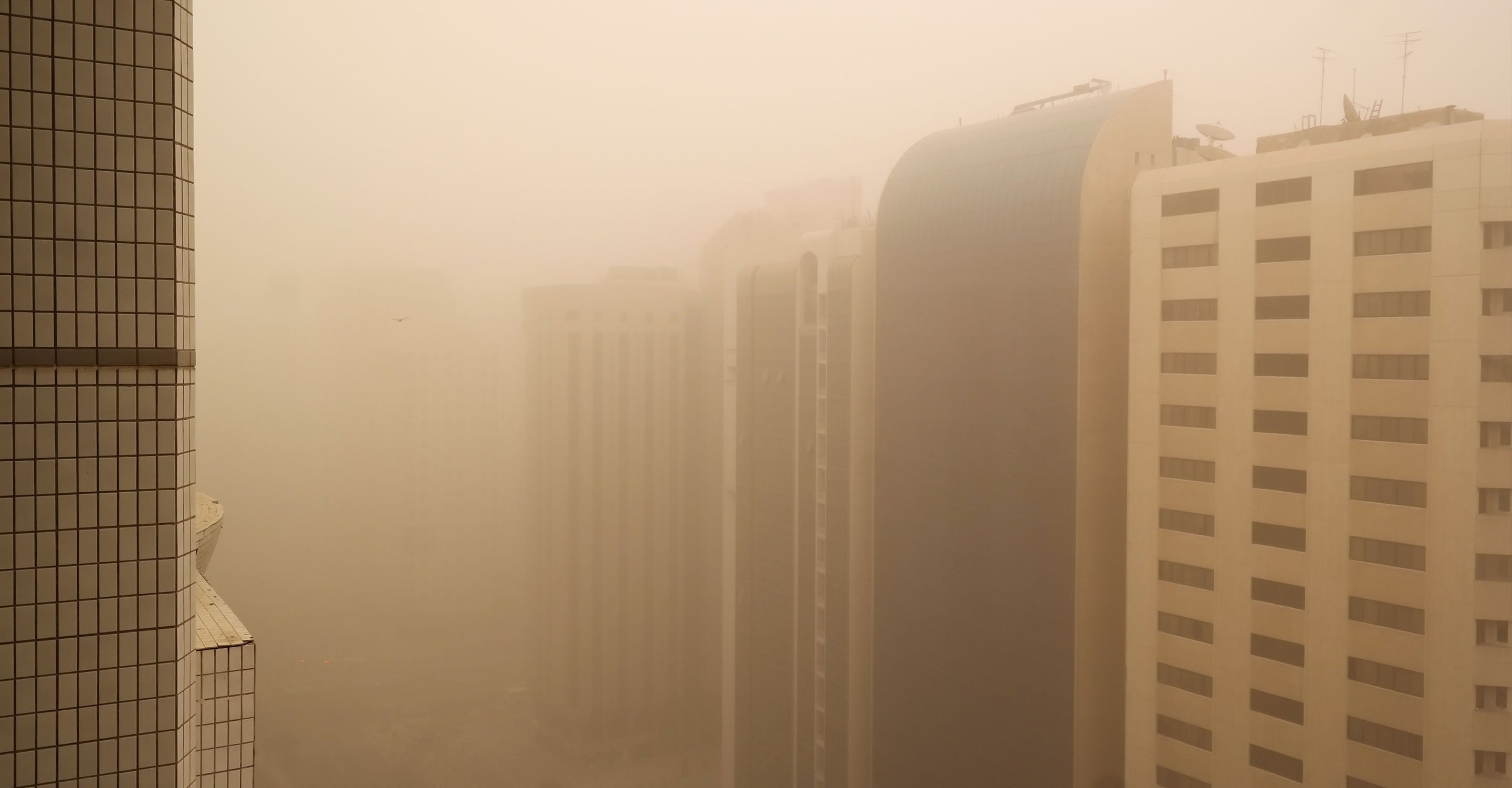Khorramshahr air quality map
Live air pollution map of Khorramshahr
123.8K people follow this city
Full screen
Contributors category
0
Government
0
Educational
0
Non-profit organization
0
Corporate
0
Individual
0
Anonymous
Station(s) operated by

*IQAir’s AQI data modeled using satellite data. Learn more
Health Recommendations
| Sensitive groups should reduce outdoor exercise | |
| Close your windows to avoid dirty outdoor air GET A MONITOR | |
| Sensitive groups should wear a mask outdoors GET A MASK | |
| Sensitive groups should run an air purifier GET AN AIR PURIFIER |
Khorramshahr does not have air sensor data
Be the first to measure and contribute air quality data to your community.
Understand air pollution and protect yourself
Khorramshahr MAP AIR QUALITY ANALYSIS AND STATISTICS
Is there a lot of fascinating information about air quality on the air pollution map for Khorramshahr?
There is a huge amount of interesting information about air quality on the air pollution map for Khorramshahr and it is easy to reach from the main city page. When the map icon is selected, a new page will open which is filled with interesting facts and figures about air quality in the region.
When the new page first opens, the viewer will be met with a solid colour on the map which is a visualisation of the air quality. Colours range from pale green to dark maroon and are used across the entire IQAir website as standard. The darker colours show worsening air quality. Currently, it is a dark yellow colour which indicates the air quality is “Moderate” with a US AQI reading of 59. This figure which is the United States Air Quality Index reading is calculated by taking measurements of six of the most prolific pollutants found in the city air. These pollutants are usually both sizes of Particulate Matter (PM2.5 and PM10), ozone, nitrogen dioxide, sulphur dioxide and carbon monoxide. Once the reading has been established, it is used as a metric when comparing air quality in different areas across the globe. Its use is encouraged by the World Health Organisation (WHO).
Usually, there are many coloured discs distributed over the map which show the sites of the ground-level air monitoring stations. However, not all cities have such physical stations and instead rely on data supplied by overhead satellites. Khorramshahr is one such city but the results are very much the same for each method.
Looking back at the main city page, it can be seen in the coloured banner across the top of it that in mid-March 2023, Khorramshahr was experiencing a period of “Moderate” air quality. The asterisk to the right of the figure shows that the data is based on satellite modelling. The main pollutant was identified as being PM2.5 with a recorded level of 16.1 µg/m³ which is over three times the suggested target figure of 5 µg/m³ as recommended by the WHO.
Is there much more interesting information about air quality on the air pollution map for Khorramshahr?
There are a lot more fascinating facts and figures about air quality on the air pollution map for Khorramshahr but the page needs to be viewed at a maximum size so all the information is visible. This is easily achieved by selecting the icon at the top of the page which will re-open it in full-screen mode.
Once the page re-opens at this large size, a list of four options will be seen on the left-hand side of the screen. These can be turned on or off individually to see the effects they each have on the map.
The first option would show the sites of the ground-level monitoring stations but Khorramshahr has no physical stations as already stated.
Option number two shows the location of any wildfires there are that happen to be burning out of control in the region. Fortunately, at the time of writing, there were no major fires in the area and therefore no icons on the map. If fires are discovered, option four needs to be checked because it shows the speed and direction of the prevailing winds and will give an indication of where the smoke might blow.
The third option changes the colour of the map to indicate the current air quality. It can be powerful but distracting at the same time. If this is too distracting then it can be deactivated and the map will revert to a more subtle palette of colour.
The rest of the information appears on the right-hand side of the screen in the form of a table. This shows the ranking of the top seven most polluted cities in the world. The rest of the cities can be seen in descending order on a separate page under the full-ranking gateway.
Is the source of all the polluted air shown on the air quality map for Khorramshahr?
Whilst the source of the polluted air is not shown on the air pollution map for Khorramshahr, it is known that the surrounding area is very susceptible to drought which dries out the land and produces large amounts of dust which are picked up by the wind and blown across the city. A lot of pollution is also blown in from neighbouring Iraq and Saudi Arabia.
Khorramshahr is one of the most polluted cities in the province with more than eleven times the permissible limit and dust is increasing. When the level of dust gets to a certain level, many schools close and some offices too to minimise exposure to the toxic dust. Many chemicals are found in the dust due to The Gulf war and other skirmishes which have left chemical residues over the ground.
PM2.5 is always referenced on the air pollution map for Khorramshahr, but how dangerous is it?
Airborne particles or dust in the air, particulate matter (PM) is a type of pollution and one of the most significant air pollutants in many areas. PM is made up of tiny solid particles or liquid droplets the size of a fraction of the thickness of a human hair that float in the air. Because these particles are so small, you can't see them individually, but sometimes you can see a dusty cloud that is visible when millions of particles blur the emission of sunlight.
Dust can include metal or mineral dust, dust carrying chemicals, organic or vegetable dust such as flour, wood dust, cotton or pollen, and biological aerosols such as living particles, moulds and spores. While dust cannot always be seen with the naked eye, it can be a major hazard. In fact, any dust and airborne particles between one and 100 micrometres (0.001 and 0.1 mm) in diameter can reduce vision and irritate the eyes, ears, nose, throat, and skin.
Breathing in contaminated particles can be harmful to health. Larger particles called PM10 can irritate the eyes, nose and throat. Dust from roads, fields, dry riverbeds, construction sites and mines are types of PM10. Smaller particles called PM2.5 are more dangerous because they can get into the deeper parts of the lungs or even the blood. Particulate pollution can affect anyone, but it bothers some people more than others.








